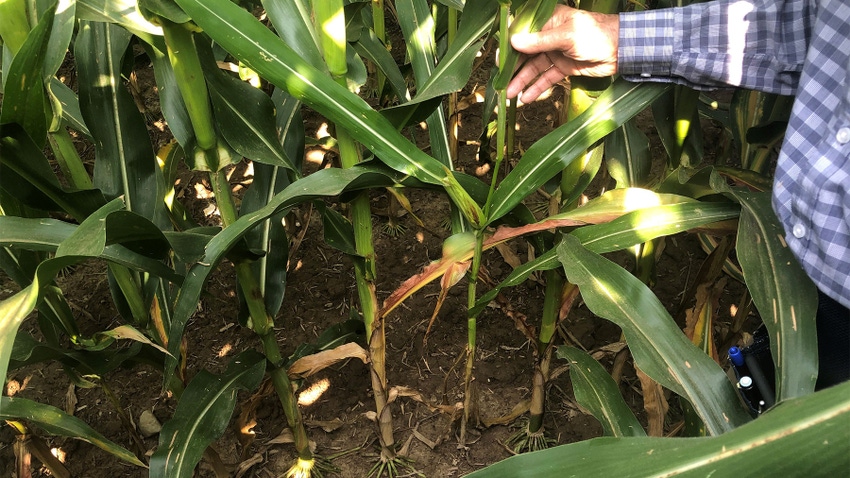
You’ve heard that as many of your corn plants as possible should emerge the same day. Typically, any plant that emerges within 24 hours of the first plant is considered to emerge on Day 1. Why is so much attention given to how evenly corn plants emerge?
“Uniform emergence is important so that some plants don’t get a jump on neighboring plants that emerge later,” explains Dave Nanda, director of genetics for Seed Genetics Direct, sponsor of Corn Watch ’23. “Plants that emerge later are in danger of being so far behind that they don’t produce an ear, or only produce a nubbin.
“Plants that don’t produce a good ear are worse than weeds. You can take weeds out with herbicides, but you can’t take out late-emerging corn plants.”
Cost of late emergence
How much delay in emergence causes a plant to no longer be competitive? When is the delay enough for the plant to be considered a weed?
Nanda suggests that once a corn plant is a full leaf stage behind, it won’t catch up. Depending upon weather conditions, it may or may not produce an ear.
Some machinery companies, especially those offering add-on attachments to planters designed to achieve better emergence, contend that a 48-hour delay in emergence, or even less, can result in barren plants or plants that produce very small ears.
Nanda acknowledges that based on experiences with emergence plots where each plant in 1/1,000 acre was marked with a color-coded flag representing the day it emerged, sometimes plants emerging a couple of days late — even three to four days late — still produced a decent ear. Often, it was smaller than ears on neighboring plants emerging on time.
“There are many variables, including planting date and weather after planting, which impact what happens to individual plants,” Nanda says. “It’s hard to make hard-and-fast conclusions as to what will happen to a plant that emerges two days after its neighbors.”
2023 observations
Two four-row plots, each row representing 1/1,000 acre, were flagged for emergence in the Corn Watch field this year. The plots were examined just before harvest to evaluate plants that emerged later. To simplify observations, plants were grouped into two categories: those that emerged on the first day, and those that emerged after the first day.
“The majority of plants in this field emerged on the first day, only seven days after planting,” Nanda says. “We saw similar results in 2022, but in 2021, we saw opposite results. In some cases, as few as 20% of plants emerged on the first day, and it took up to two weeks for all plants to emerge. It was cold and wet after planting in 2021, while it was unseasonably warm after planting in both 2022 and 2023.”
Here are observations for ’23:
Plot 1. Final emerged population was 31,000 plants per acre.
Number of plants that did not emerge on first day: 26 across all four rows
Of the 26, number of barren plants at harvest: three
Of all other plants, number of barren plants: none
Plot 2. Final emerged population was 32,000 plants per acre.
Number of plants that did not emerge on first day: 37 across all four rows
Of the 37, number of barren plants at harvest: none
Of all other plants, number of barren plants: none
Read more about:
EmergenceAbout the Author(s)
You May Also Like




